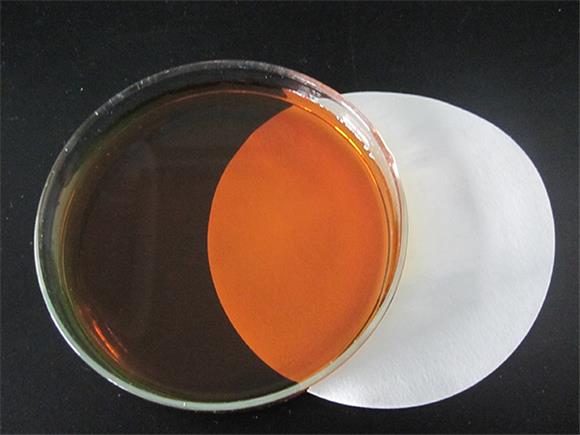
News
sie . 14, 2024 19:30 Back to list
Exploring the Effects of EDTA on Copper Chelation and Its Implications for Environmental Remediation
EDTA and Copper Chelation A Comprehensive Overview
Ethylenediaminetetraacetic acid (EDTA) is a powerful chelating agent widely utilized in various fields, including medicine, agriculture, and environmental science. Its primary function is to bind metal ions, preventing them from participating in chemical reactions that could be harmful or undesirable. One of the critical applications of EDTA is in the chelation of copper ions, a process that has garnered attention for its potential benefits in both health and environmental contexts.
Understanding Chelation
Chelation is a chemical process where a molecule binds to metal ions, forming a stable complex. EDTA, as a hexadentate ligand, has six binding sites that can surround and coordinate with metal ions, effectively sequestering them. This property makes EDTA particularly effective in treating heavy metal toxicity and in remediation efforts to clean up contaminated environments.
Copper and Its Importance
Copper is an essential trace element necessary for human health, playing crucial roles in various biological processes including iron metabolism, the formation of connective tissue, and the functioning of the nervous system. However, excessive copper levels can be toxic, leading to conditions such as Wilson's disease, which causes copper accumulation in the liver and other organs, and other forms of copper toxicity linked to prolonged exposure to high copper concentrations.
EDTA in Copper Chelation Therapy
EDTA has been explored as a therapeutic agent for managing copper toxicity. When administered, EDTA binds to excess copper in the bloodstream, thereby facilitating its excretion through the kidneys. This is particularly beneficial for individuals with medical conditions that result in the accumulation of copper. Studies have indicated that chelation therapy can significantly lower copper levels in patients suffering from Wilson's disease, improving symptoms and preventing further damage to vital organs.
edta copper chelation

Applications in Agriculture and Environmental Science
Beyond human health, EDTA’s ability to bind copper also extends to agricultural and environmental applications. In farming, EDTA is often used to chelate micronutrients, ensuring their availability for plant uptake. By improving nutrient availability, plants can achieve better growth and yield, thus enhancing food production.
In environmental science, EDTA has been employed in the remediation of contaminated sites. Copper, a common pollutant due to industrial activities, can be effectively removed from soil and water using EDTA. This not only helps protect aquatic ecosystems but also restores soil health, allowing for more sustainable agricultural practices.
Concerns and Considerations
While the benefits of EDTA in copper chelation are substantial, there are also concerns regarding its widespread use. One major issue is the environmental impact of EDTA itself, as it is a persistent compound that can remain in ecosystems for extended periods. Additionally, the use of chelating agents must be carefully managed in clinical settings, as inappropriate use can lead to nutrient deficiencies or imbalances.
Conclusion
EDTA serves as a vital tool in the chelation of copper ions, offering significant therapeutic benefits for individuals with copper toxicity and playing a crucial role in agriculture and environmental remediation. As research continues to expand our understanding of EDTA’s mechanisms and effects, it remains essential to balance its application with thoughtful consideration of potential risks. By doing so, we can harness the full potential of EDTA in promoting health and sustainability.
-
Polyaspartic Acid Salts in Agricultural Fertilizers: A Sustainable Solution
NewsJul.21,2025
-
OEM Chelating Agent Preservative Supplier & Manufacturer High-Quality Customized Solutions
NewsJul.08,2025
-
OEM Potassium Chelating Agent Manufacturer - Custom Potassium Oxalate & Citrate Solutions
NewsJul.08,2025
-
OEM Pentasodium DTPA Chelating Agent Supplier & Manufacturer High Purity & Cost-Effective Solutions
NewsJul.08,2025
-
High-Efficiency Chelated Trace Elements Fertilizer Bulk Supplier & Manufacturer Quotes
NewsJul.07,2025
-
High Quality K Formation for a Chelating Agent – Reliable Manufacturer & Supplier
NewsJul.07,2025
